FAA Transponder Requirements Explained
Pilot Institute
DECEMBER 27, 2024
Lets break it all downwhat transponders are, how theyre used, and the rules pilots need to follow. Required in most controlled airspace and above 10,000 ft MSL. If youre flying, your transponder shares important details like your altitude, speed, and identification with Air Traffic Control (ATC).

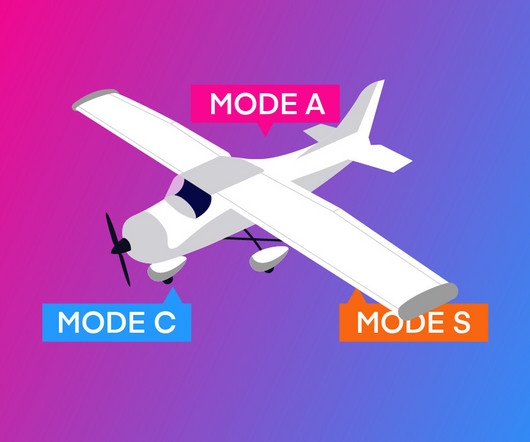

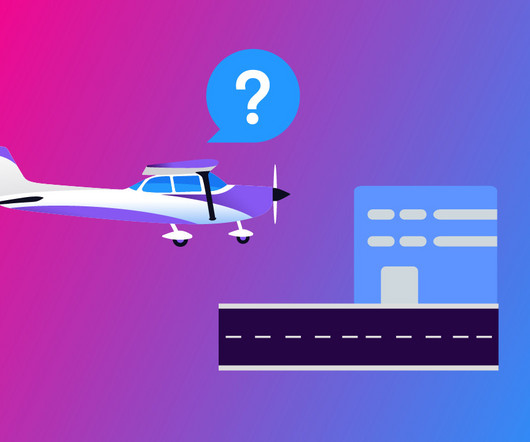
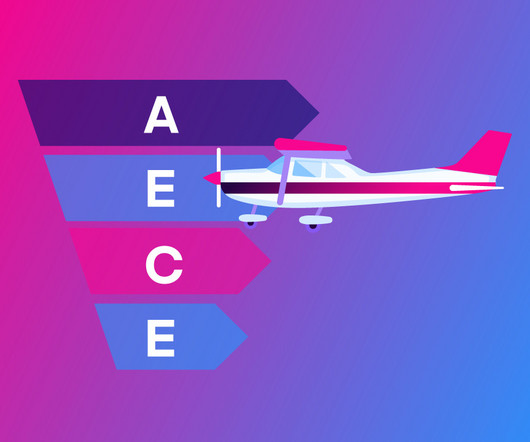
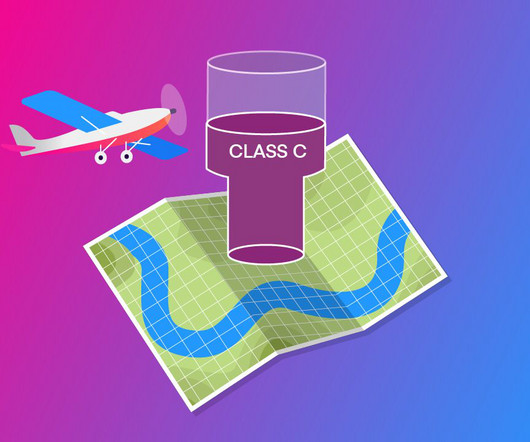
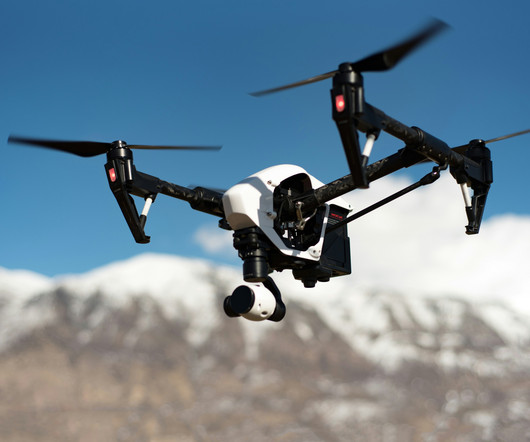






Let's personalize your content